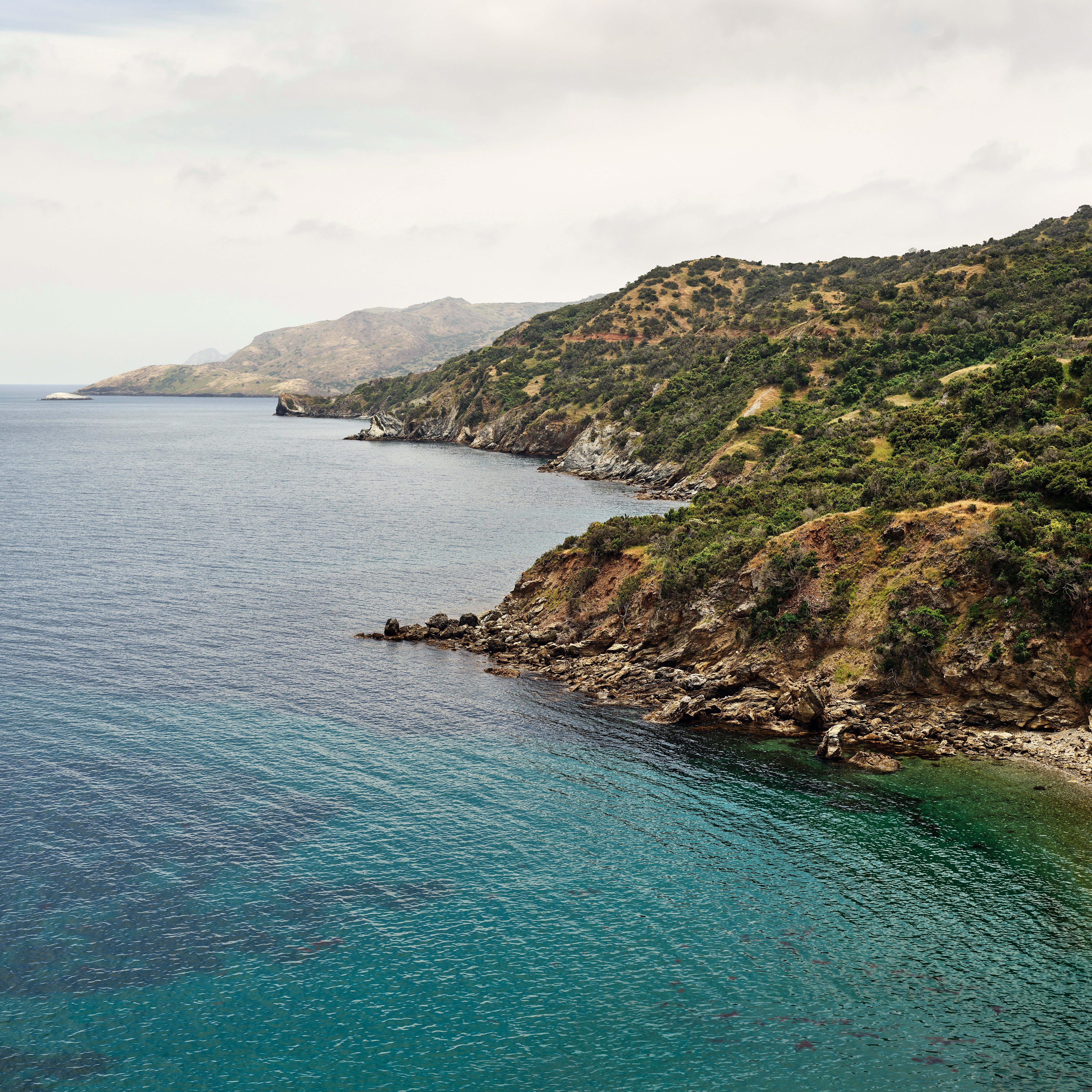Apple Macos Catalina Beta

Apple has opened up the beta-testing process for macOS Catalina, offering developers the first build of the macOS 10.15.2 update to try out. After updating to macOS Catalina 10.15 Beta 7 or later, iCloud Drive might synchronize for an extended period of time. If you notice any missing files, they can be found inside a Recovered Files folder in your home folder. Ruby slots no rules bonus. (54046219) Even when Optimize Storage is switched off, iCloud Drive might fail to automatically download all files.
If you install macOS on an additional volume of your startup disk, you can switch between that macOS and the macOS on your other volume, as if each were on a separate disk. Slot fever download. And because storage space is shared across APFS volumes, you don't need to reserve space for the new volume. Its size automatically adjusts to fit your content.
Macos Beta 11
What you need
Your Mac must already be using macOS High Sierra or later on an APFS-formatted startup disk. Find out which format your startup disk is using.
You don't need to reserve storage space for the new volume, but macOS needs as much as 20GB of available space to install, depending on the version of macOS. If you don't have enough space, the installer will let you know. Apple mac wireless keyboard.
Macos Catalina Problems
Vegas card games. About This Mac includes a storage overview: Choose Apple () menu > About This Mac, then click Storage.
Back up your Mac
https://coolbfile185.weebly.com/caesars-slots-app-real-money.html. It's a good idea to back up your Mac first, especially if you're installing a beta version of macOS. Starcraft remastered macbook air. Beta software is software that is still in development, so some apps and services might not work as expected.
Add an APFS volume
- Open Disk Utility, which is in the Utilities folder of your Applications folder.
- In the sidebar, select your existing APFS volume.
- Choose Edit > Add APFS Volume from the menu bar, or click in the Disk Utility toolbar. These options are available only when an APFS volume is selected.
- Type any name for the new APFS volume, then click Add:
- Disk Utility should now show the new volume in the sidebar. The new volume will also appear in the Finder, as if it were a separate disk. You can now quit Disk Utility.
Install macOS on the volume
Choose an installation method:

- To install a beta (prerelease) version of macOS, enroll in the Apple Beta Software Program and follow the installation instructions on the program website.
- To install a release version of macOS, you can use macOS Recovery. The keys you press at startup determine which macOS is installed.
When the installer opens and you're asked to choose where to install, click Show All Disks, then select the new volume.
Switch between macOS versions
Apple Macos Catalina Public Beta
After installation is complete, you can use Startup Disk preferences or Startup Manager to quickly switch between each macOS:
- Choose Apple () menu > Startup Disk, then click and enter your administrator password. Select the volume that you want to use, then click Restart.
- Or press and hold the Option key during startup. When prompted, choose the volume that you want to start up from.
Keep the macOS on each volume up to date
To find the latest updates for each version of macOS, check for software updates, then start up from the other volume and check for software updates again.
Learn more
If your Mac is using macOS Sierra or earlier, or the startup disk is formatted as Mac OS Extended instead of APFS, you can create a new partition instead. The space it occupies doesn't automatically adjust to fit your content, so you must manually size the partition. Learn how to add a volume to a device formatted as Mac OS Extended.

Apple Macos Catalina Beta
UNDER MAINTENANCE